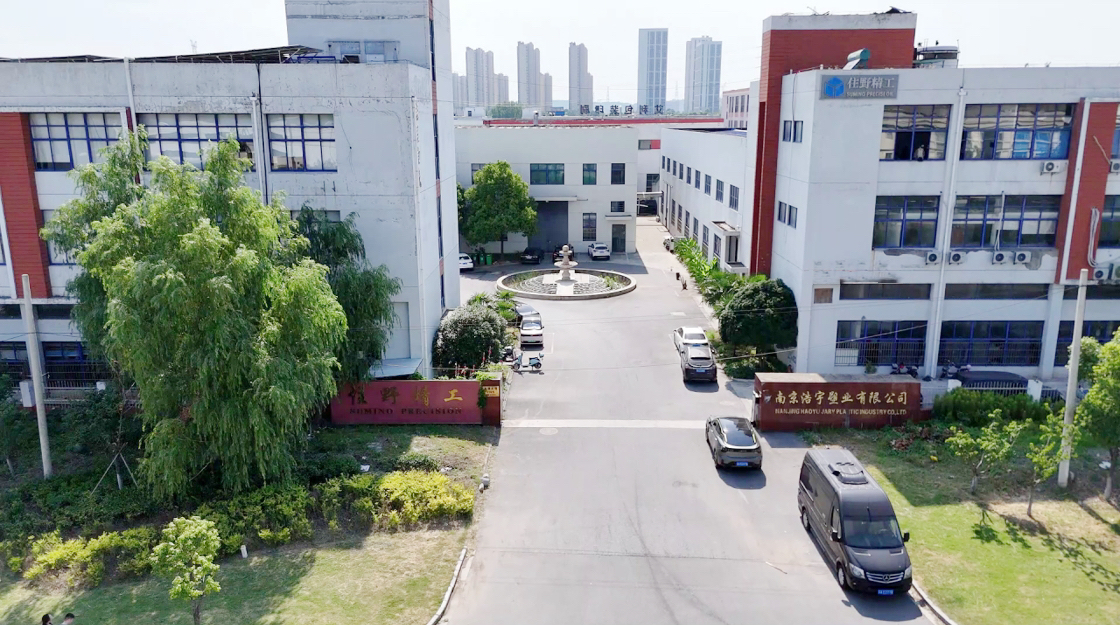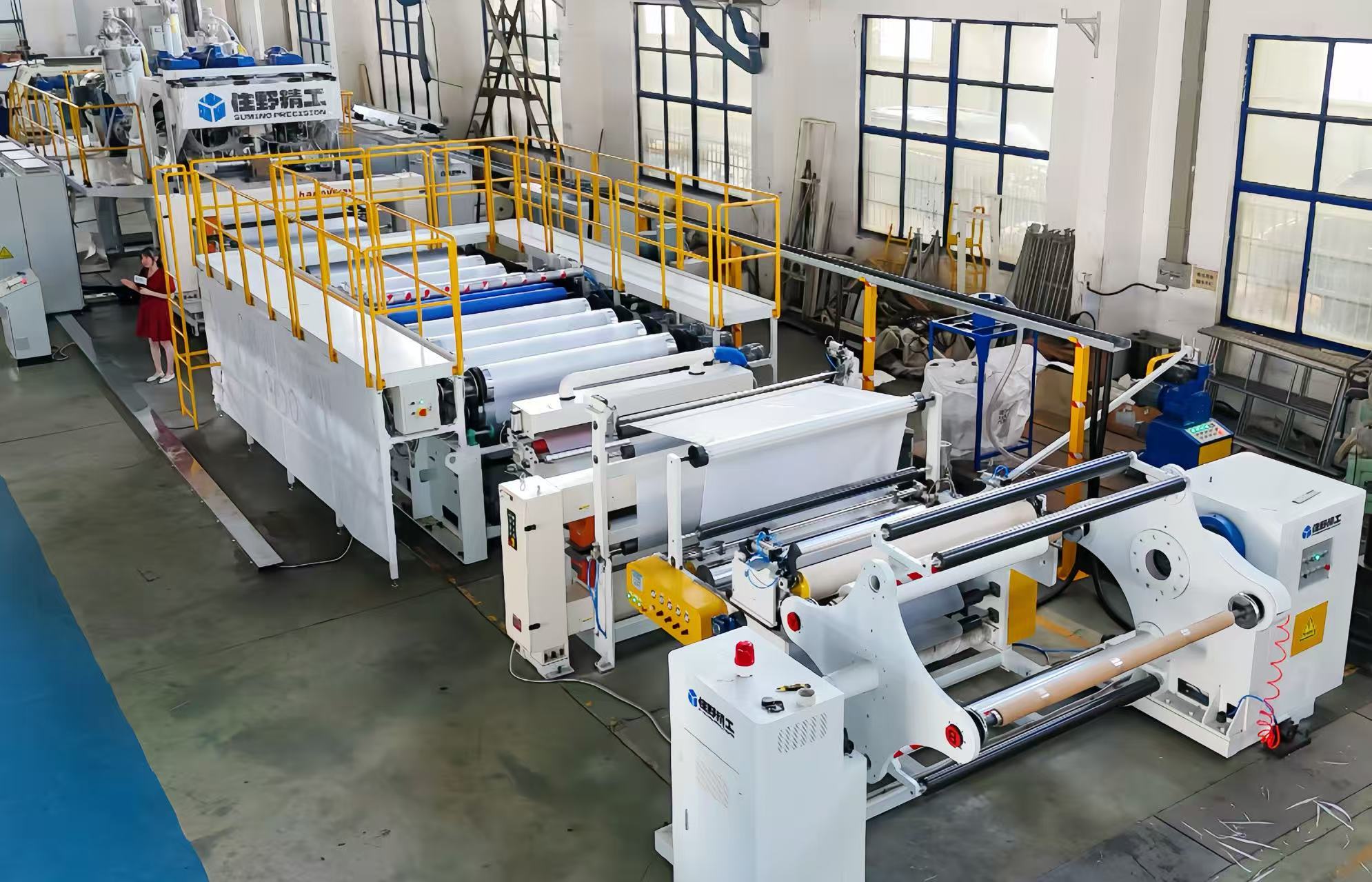Precision Refined, Excellence Perfected: A Scientific Guide to Quality Optimization and Production Line Maintenance for Stone Paper
Time:
2025-04-08 09:59
As a high-tech enterprise integrating R&D, production and sales, we have established six independent R&D centers and production divisions specializing in: plastic sheet & board equipment, cast film systems, biaxial orientation lines, lamination & coating machinery, recycled pelletizing & eco-recovery systems, and coating machine manufacturing. We provide comprehensive technical solutions tailored to each client's specific requirements.
Our biaxial stretching film production systems include:
-
BOPP biaxial orientation film production lines
-
PVC biaxial shrink film production lines
-
PET biaxial stretching film lines
-
BOPA biaxial orientation film lines
-
BOPLA biaxial orientation film lines
We understand that the quality of stone paper (mineral fiber paper) is intrinsically linked to production line stability. This guide presents a systematic approach to optimizing product quality and maintaining equipment, ensuring efficient and sustainable production.

I. Four Core Strategies for Optimizing Stone Paper Quality
Dynamic Process Parameter Optimization
Cast Film Formation: Precisely control slurry temperature and coating thickness for substrate uniformity.
Stretching & Setting: Adjust tension dynamically based on material properties to prevent fractures or inconsistent thickness.
Coating & Surface Treatment: Align roller pressure and speed to ensure uniform adhesion and gloss.

II. Scientific Maintenance Practices for Stone Paper Production Lines
Daily Maintenance: Preventive Checks & Cleaning
Six-Check Protocol: Inspect lubrication, mechanical wear, electrical wiring, filter cleanliness, hydraulic seals, and safety guards daily.
Cleaning Focus: Remove residues from cast film dies, roller surfaces, and coating blades to maintain finish quality.
Scheduled Shutdowns: Systematic Overhauls
Monthly: Replace wear parts (gears, belts, blades), test heating elements, and recalibrate sensors.
Annual: Disassemble equipment to inspect drivetrain wear (chains, bearings), upgrade outdated controls, and optimize energy efficiency.
III. Safety-Centric, Efficiency-Driven Production Management
Safety Protocols
Install protective guards and emergency stops near high-speed components.
Mandate cut-resistant gloves and stack materials ≤1.5m to prevent collapses.
Efficiency Enhancements
Batch similar orders to minimize equipment changeovers.
Maintain digital maintenance logs for data-driven decision-making.
Conclusion
The competitiveness of stone paper production lies in meticulous craftsmanship and scientific maintenance. As equipment manufacturers, we champion the philosophy of “Prevention First, Maintenance-Complemented” to help clients achieve high-quality, cost-effective, and sustainable production.
— Innovating with Mastery, Building the Future with Expertise —







